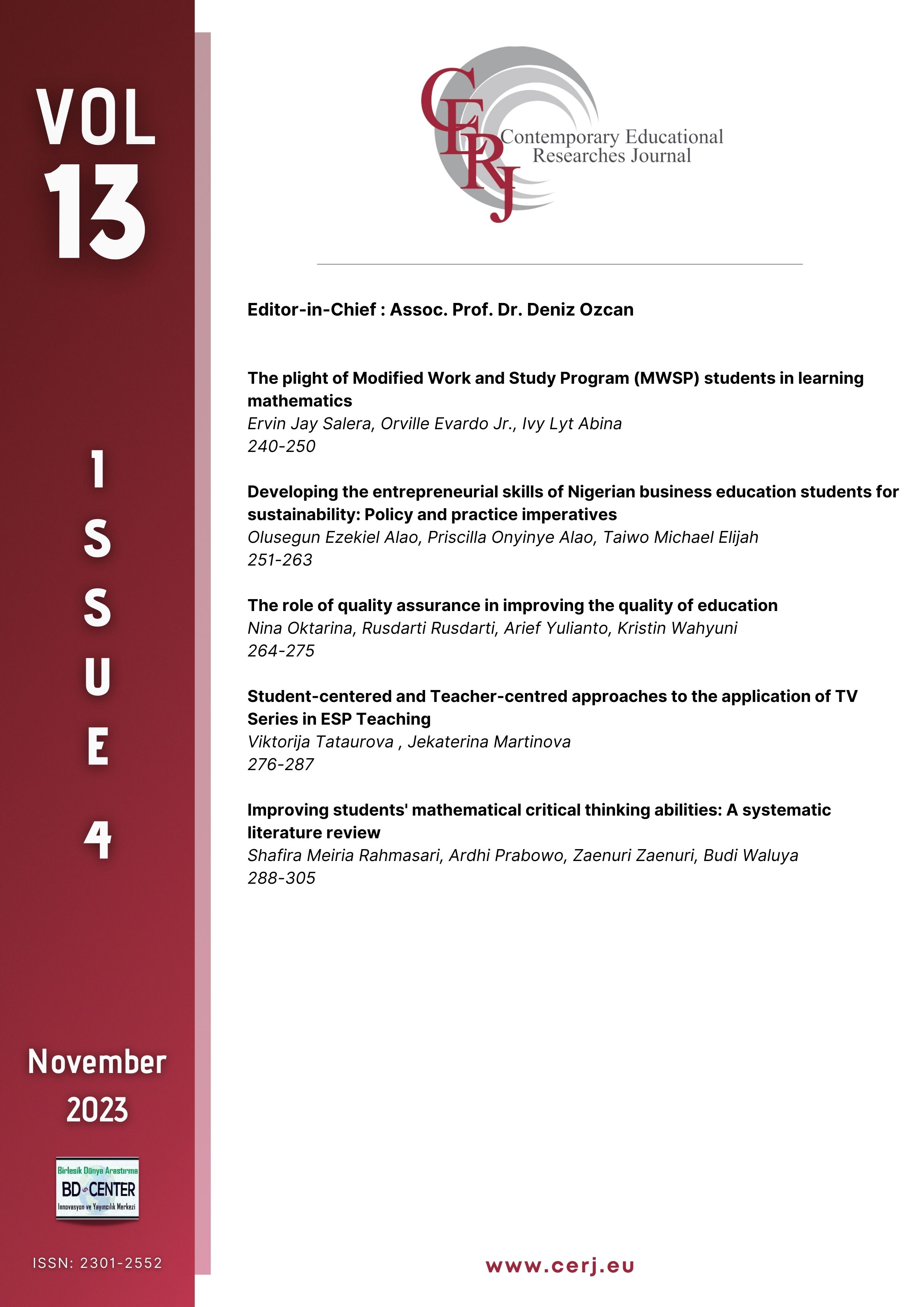Improving students' mathematical critical thinking abilities: A systematic literature review
Main Article Content
Abstract
One of the objectives of 21st century learning is to help students become more adept critical thinkers. Thus, the purpose of this Systematics Literature Review (SLR) is to identify strategies for improving students’ critical thinking abilities, particularly when it comes to learning mathematics. The Scopus database was used to collect data. For additional examination, 25 publications that were released between 2019 and 2023 were retrieved. Mendeley, VosViewer, and Microsoft Excel are the tools that are used. The analysis’ findings demonstrate that teaching material, teaching method, and oral question are all employed to enhance students’ critical thinking abilities. Modules and media are the most popular teaching materials used in mathematics education to foster critical thinking. The goal of this literature study is to provide educators with more insight into instructional strategies that enhance students’ capacity for critical thought.
Downloads
Article Details

This work is licensed under a Creative Commons Attribution-NonCommercial-NoDerivatives 4.0 International License.
Authors who publish with this journal agree to the following terms:
- Authors retain copyright and grant the journal right of first publication with the work simultaneously licensed under a Creative Commons Attribution License that allows others to share the work with an acknowledgement of the work's authorship and initial publication in this journal.
- Authors are able to enter into separate, additional contractual arrangements for the non-exclusive distribution of the journal's published version of the work (e.g., post it to an institutional repository or publish it in a book), with an acknowledgement of its initial publication in this journal.
- Authors are permitted and encouraged to post their work online (e.g., in institutional repositories or on their website) prior to and during the submission process, as it can lead to productive exchanges, as well as earlier and greater citation of published work (See The Effect of Open Access).
